Bioengineers at Tufts University School of Engineering have developed a new silk-based microneedle system able to deliver precise amounts of drugs over time and without need for refrigeration. The tiny needles can be fabricated under normal temperature and pressure and from water, so they can be loaded with sensitive biochemical compounds and maintain their activity prior to use. They are also biodegradable and biocompatible.
Dec 21st, 2011
Read more
This document provides a snapshot of information on national activities on the life cycle assessment of nanotechnologies provided by OECD countries. As a "living document", it is expected to be updated as new information becomes available.
Dec 21st, 2011
Read more
This document presents lessons learned from information gathering surveys carried out by OECD countries and summarises non-confidential business information and statistics on nanomaterials. It includes useful information on how to design/implement information gathering surveys and the most commonly used nanomaterials along with use patterns and volumes used among OECD countries.
Dec 21st, 2011
Read more
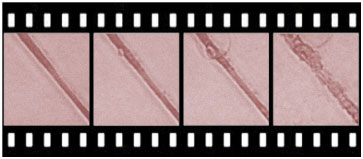 A technique for real-time monitoring of the galvanic replacement reaction between silver nanowires and aqueous gold salt solutions using in situ flow-cell transmission X-ray microscopy (TXM) has been developed by scientists in the Center for Nanoscale Materials Nanophotonics Group and the Advanced Photon Source X-Ray Science Division at Argonne.
A technique for real-time monitoring of the galvanic replacement reaction between silver nanowires and aqueous gold salt solutions using in situ flow-cell transmission X-ray microscopy (TXM) has been developed by scientists in the Center for Nanoscale Materials Nanophotonics Group and the Advanced Photon Source X-Ray Science Division at Argonne.
Dec 21st, 2011
Read more
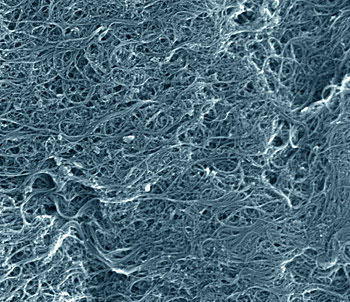 The National Institute of Standards and Technology (NIST) has issued the world's first reference material for single-wall carbon nanotube soot.
The National Institute of Standards and Technology (NIST) has issued the world's first reference material for single-wall carbon nanotube soot.
Dec 21st, 2011
Read more
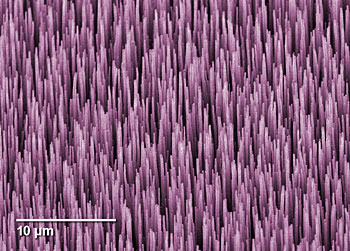 Researchers at the National Institute of Standards and Technology (NIST) have demonstrated a prototype device capable of absolute measurements of optical power delivered through an optical fiber.
Researchers at the National Institute of Standards and Technology (NIST) have demonstrated a prototype device capable of absolute measurements of optical power delivered through an optical fiber.
Dec 21st, 2011
Read more
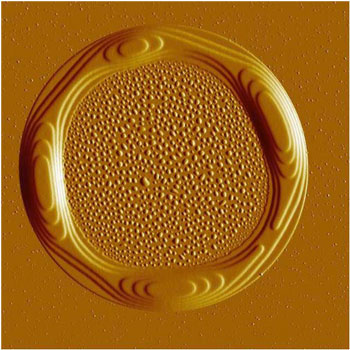 Complex polymer rings with breathtaking nanoscale architecture revealed.
Complex polymer rings with breathtaking nanoscale architecture revealed.
Dec 21st, 2011
Read more
Concerned by the growing body of scientific reports cautioning against the unregulated use of nanotechnology in consumer products, a coalition of nonprofit consumer safety and environmental groups sued the Food and Drug Administration (FDA) today. The case is the first lawsuit over the health and environmental risks of nanotechnology and nanomaterials.
Dec 21st, 2011
Read more
A team of scientists has reported the preparation of biodegradable, water-soluble polymers that can be loaded with the cancer drug Paclitaxel and injected directly into tumor tissues.
Dec 21st, 2011
Read more
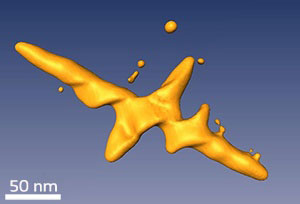 Researchers have developed gold plasmonic nanocrosses that are particularly suited to eliminating cancer cells in cancer therapy. The team demonstrated the usefulness of these nanocrosses by using them to kill human lung cancer cells.
Researchers have developed gold plasmonic nanocrosses that are particularly suited to eliminating cancer cells in cancer therapy. The team demonstrated the usefulness of these nanocrosses by using them to kill human lung cancer cells.
Dec 21st, 2011
Read more
Vertical silicon nanowires prove to be an excellent platform for nonvolatile memory devices without the need for doped junctions.
Dec 21st, 2011
Read more
Berkeley Lab researchers use nanophotonics for optical look inside living cells.
Dec 20th, 2011
Read more
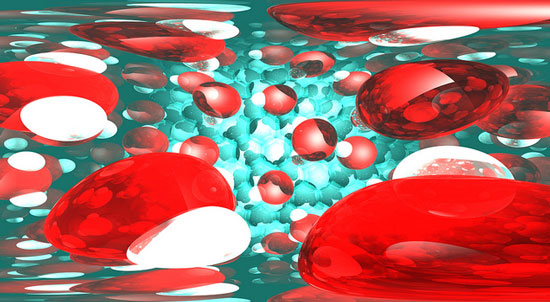 Catalysts are one of those things that few people think much about, beyond perhaps in high school chemistry, but they make the world tick. Almost everything in your daily life depends on catalysts: cars, Post-It notes, laundry detergent, beer.
Catalysts are one of those things that few people think much about, beyond perhaps in high school chemistry, but they make the world tick. Almost everything in your daily life depends on catalysts: cars, Post-It notes, laundry detergent, beer.
Dec 20th, 2011
Read more
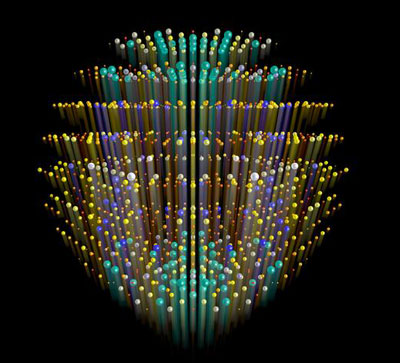 An international research team headed by DESY scientists from the Center for Free-Electron Laser Science (CFEL) in Hamburg, Germany, has recorded the shortest X-ray exposure of a protein crystal ever achieved. The incredible brief exposure time of 0.000 000 000 000 03 seconds (30 femtoseconds) opens up new possibilities for imaging molecular processes with X-rays.
An international research team headed by DESY scientists from the Center for Free-Electron Laser Science (CFEL) in Hamburg, Germany, has recorded the shortest X-ray exposure of a protein crystal ever achieved. The incredible brief exposure time of 0.000 000 000 000 03 seconds (30 femtoseconds) opens up new possibilities for imaging molecular processes with X-rays.
Dec 20th, 2011
Read more
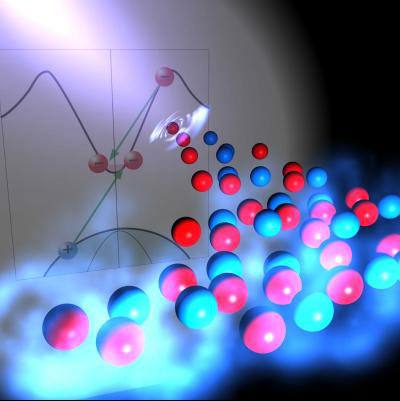 Findings point to advances in transistor and solar cell development.
Findings point to advances in transistor and solar cell development.
Dec 20th, 2011
Read more
UK scientists create a functional model of the extracellular matrix which could lead to advances in regenerative medicine.
Dec 20th, 2011
Read more









 Subscribe to our Nanotechnology News feed
Subscribe to our Nanotechnology News feed